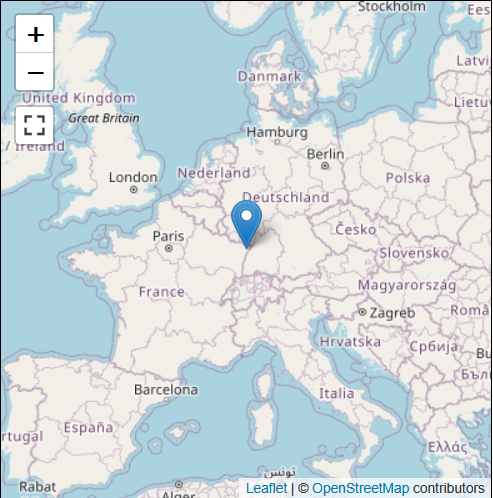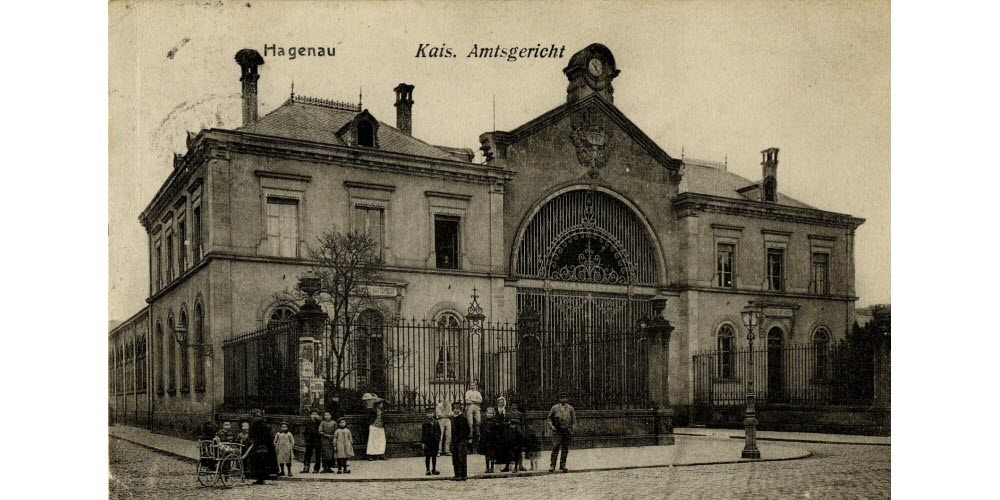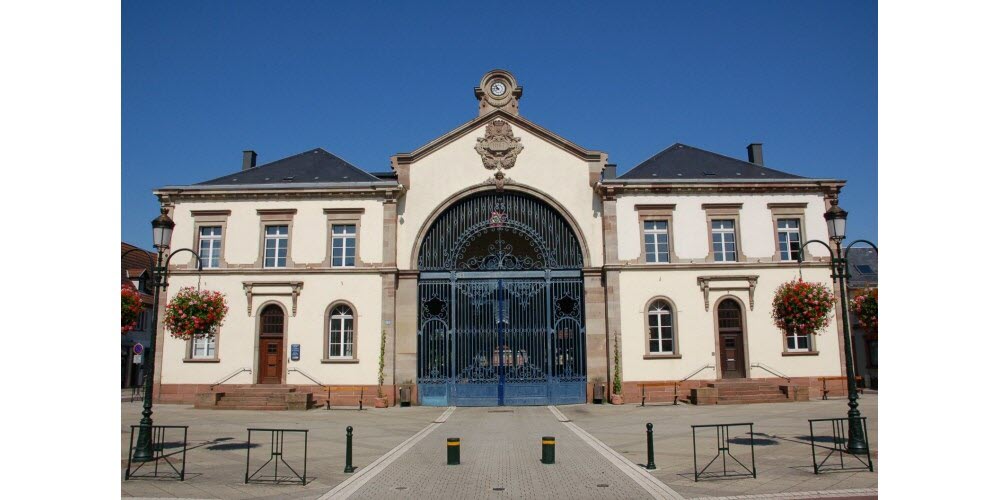La Halle aux Houblons

A tour of places that speak, promote, breathe or have breathed hops... For this first stop, we make a stop at the Halle aux Houblons in Haguenau.
The town of Haguenau

Haguenau is a commune in France, in the administrative district of Bas-Rhin in the Grand-Est region. Haguenau lies at an altitude of 140 m, 28 km north of Strasbourg. It is part of the Alsace du Nord region.
Around 1115, Frederick the One-eyed, father of Frederick Barbarossa, built a castle on the island of the Moder (on the site of today's retirement home). It was in the shadow of this "Burg" that Haguenau (the name means "river enclosure") was born and developed.
Fun Fact: In 1434, Emperor Sigismund decided to grant joint management of the forest to the Grand Bailiff and the Town. This was the starting point of the indivision, which was confirmed by an order of the Council of King Louis XIV on August 28, 1696. The forest now belonged equally to the City of Haguenau and the State. The Forêt Indivise de Haguenau is the largest undivided forest in France.
It is the second-largest city in Bas-Rhin and the fourth-largest inAlsace, with a population of around 35,000 and an urban unit of 60,000.[2]. The municipality of Haguenau is unique in that it covers a vast area (18,259 hectares, the largest in Alsace). This territory includes a large forest, which marks a real break in the Alsace plain. The town is located in a vast clearing to the south of this forest.
History
The Halle aux Houblons was built in 1867 to plans drawn up in 1864 by municipal architect Guntz.
Poster souvenir of the inauguration of the Halle aux Houblons de la Ville de Haguenau (1867)
Schweitzer, Georges Emile, Dessinateur & Groskost, Frédéric, Jean, Lithographe-imprimeur
Around 1867 in Strasbourg
Overall height in cm: 43.3
Overall width in cm: 53.0
The different elements that make up this illustration on paper:
Souvenir poster for the inauguration of the Halle aux Houblons de la Ville de Haguenau (1867)
Triumphal arch erected by the planters giving access to the Halle.
Prize-giving room.
Beer-tasting room.
Ballroom and Banquet Hall
In the center, the Halle aux Houblons, venue for the International Exhibition of Hops, Beers and Brewing Equipment.
Under the title, composition with coat of arms of the town of Haguenau, flags and imperial eagle.
Below, list of participants and personalities.
More details here



Faced with the decline in hop growing, it was intended to enable Haguenau to become the world's leading hop market. Hop-growing began around 1808.
In 1881, Mayor Xavier Nessel had the Halle aux Houblons enlarged by architect Charles Stoll, who added four bays and a forebuilding, as the weekly market was held outside, and farmers were demanding access to the site. The two wings were then used as a courthouse until 1910 on the right, and as a music school on the left. The metal gate at the rear bears the date 1881. A second building, the Guildhall, was erected in 1908, as the building was insufficient. The hop trade had expanded considerably in Lower Alsace, with cultivation reaching 4,689 hectares; Haguenau rivaled the major German cities, as evidenced by the many railroads still visible serving the Haguenau station. In 1909, hop-growing began to decline...
Today
The building is made of sandstone, brick and iron, with a zinc and slate roof (more info here). It has a metal structure and a glass roof. Today, it hosts the market (Tuesday and Friday mornings) and other events such as the Festival du Houblon dinner-shows...
And no, the Festival du houblon isn't about brewing, it's a festival of world song and dance, the next edition of which will take place between August 19 and 24, 2025 🙂
Just goes to show that hops are part of French culture and heritage, making their mark over time...
***
Source: Wikipedia and the city's website


